2011 Kawasaki Vulcan 1700 Vaquero Vs. 2011 Harley-Davidson Road Glide Custom - Motorcycle.com
Get the Flash Player to see this player.
Harley-Davidson remains the dominant force in all of cruiserdom in the U.S., especially so in the bagger scene. But starting only two years ago Victory Motorcycles stepped up its attack on its Midwestern neighbor when the Polaris Industries-owned company introduced the Cross Roads and Cross Country touring cruisers.
These Victory baggers zero in on Harley’s Street Glide and Road King models. More brands want in on the action.
A quick glance of the new Kawasaki Vaquero, introduced the end of last year, reveals this new Kawi bagger is targeting Harley-Davidson’s Road Glide Custom.
Both machines have prominent frame-mounted fairings that house robust sound systems, gauge packages, etc. Each bike also features locking hardbags and a long, low profile – or as much as a touring cruiser can appear long and low.
Whether or not Kawasaki would readily admit it, the Vaquero makes clear that Kawasaki, like Victory, wants a piece of Harley’s big bagger pie.
Bagger brothers from another mother?
The Vaquero’s power unit, a 1700cc (102mm x 104mm) liquid-cooled, SOHC, four-valve-per-cylinder, 52-degree V-Twin, is bigger than the standard 45-degree, air-cooled, 96-cubic-inch Twin Cam in the ’Glide.
But for those who desire a bigger bang, a few 2011 Harleys are offered with an optional PowerPak. The most significant component of this optional package is the 103-cubic-inch Twin (1690cc; 98 mm x 111 mm), making it a dead-on displacement match for the Vaquero, also a 103-incher.
So for the sake of displacement parity, we took our Road Glide Custom with this larger engine option.
While the Vaquero’s engine technically isn’t square, it’s so close to square it’s scary. The Harley engine, on the other hand, is a stroker by comparison. This Milwaukee Twin’s long stroke (undersquare) design generally favors producing peak torque at lower rpm.
As you can see by the dyno graphs, the 103 in the Harley is an equalizer, although it doesn’t out-twist or out-power the Vaquero’s liquid-cooled Twin.
The Harley’s 65.9-peak horsepower figure is just a tick off the Kawi’s 67.1 horsepower. Even closer is the Road Glide’s 81.4 ft-lbs to the Vaquero’s 81.8 ft-lbs, both bikes hitting peak torque at 3250 rpm.
An overlay of each bike’s dyno results shows that, with the exception of the Harley’s slightly smoother, more linear response in low rpm and tiny torque advantage between roughly 3700 to 4500 rpm, we’ve got ourselves a super-tight race in the boiler room.
We’re not sure we’ve ever seen two engines so evenly matched. However, final numbers don’t always tell the full story.
“With the Harley, when you twist the throttle, you clench your neck to prevent whiplash,” says guest tester Troy Siahaan.
The H-D’s slightly lower (2.7% – 4.4%, depending on which gear) overall gearing, refined EFI, and long stroke engine characteristics, among other factors, contribute to what feels like a quicker accelerating, though ultimately not more powerful engine.
Of no small consequence, too, is the Harley engine’s rubber mounting. This mounting method better isolates the chassis from power pulse vibrations when the engine is under load. A drawback is the “paint shaker” shudder while at idle.
Kawasaki’s 1700cc Twin is rigid mounted in its steel-tube cradle-type frame, making the Vaquero’s chassis stiffer and therefore a more stable ride when aggressively bending the bike through turns, especially at speed.
As you might’ve guessed, a rigid-mount engine may mean more vibration reaching the rider. To combat engine buzz Kawi designers employed counter balancers to quell vibes.
“When you twist the [Vaquero’s] throttle, you instinctively clench your neck but then realize you don't have to because that sudden surge of power isn't there. You just suddenly find yourself going faster,” Troy said of the Kawi bagger.
The Japanese Vee is smooth at idle, unlike the ’Glide, and in low- to mid-range rpm its linear power rivals the Harley. However, rev the Vaquero a littler higher and you’ll notice what Kawasaki calls character, or what they describe as the sensation of “higher torque feel.”
When penning the new Vaquero, Team Green specifically chose a damper-less clutch in order for the rider to better feel the engine, or rather, its “character.” During the Vaquero’s press ride, Kawi staff speculated this increased sensation of torque may not come across so obviously to every rider, and depends to some degree on the size of the rider and/or the overall load on the bike (passenger, loads of luggage and gear, etc.).
When I first rode the Vaquero last December its engine impressed as a pretty smooth-running Twin. Now that we’ve had a chance to ride the Vaquero alongside its marked target, perhaps leaving the clutch damper in the Vaquero would’ve been the better decision, as its rigid-mounted motor transmitted noticeable vibration.
The Vaquero Vee is more than worthy competition for the Harley 103, but for long-range comfort, our preference is for the smoother and slightly more responsive Twin from Milwaukee.
More than just fat Twins
While a big, suitably powerful and reassuringly masculine engine is at the heart of most cruisers, it’s not all that makes a cruiser (disappointing news to some, we know) – especially cruisers with a bent for touring.
Perhaps next in line only to engine performance and wind protection or storage capacity, ergo layout is paramount for a big rig intended to take the long road home. While both motorcycles provide relaxed rider triangles, the Vaquero’s handlebar has more pullback compared to the Road Glide’s bar.
“I prefer the ergonomics of the Vaquero over the Harley,” observed Troy. “The bars seem closer and I’m not as hunched over, though it wasn’t like the H-D required a drastic reach.”
I also preferred the Vaquero’s bar position, however, riders taller than, say, 5-feet 8-inches or with a longer reach should find grabbing for the Harley’s handlebar a natural-feeling motion. The seat, floorboard and handlebar all seem in proportionate relation to one another on both cruisers.
In a nod to the subjective nature behind assessing a motorcycle’s traits, Troy and I were split on which bike had the better seat.
“I liked the seat on the Harley better,” said Troy. “It cradled my tush better and had a small lip in the rear that acted like a mini-backrest.”
Contrarily, I couldn’t have been happier with the Vaquero’s thicker padded saddle that sits 28.7 inches off the tarmac. Although the RG’s seat is lower at 27.1 inches, I found the Vaquero saddle more forgiving yet still supportive enough to prevent numb bum.
Where the Vaquero offers 3.1 inches of rear travel from its dual shocks with air-adjustable preload and four-way rebound damping, the Harley’s air-adjustable shocks move a mere 2.0 inches.
When the roads are mostly smooth, the RG’s overall ride is good, but the Vaquero’s combo of thick seat foam and ample–by-comparison rear suspension travel make for a downright plush ride compared to the often-jolting experience a rider gets from the back half of the RG Custom when riding over rough pavement, expansion joints, etc.
In the ever-present push for lower seat heights, Harley has unnecessarily sacrificed suspension and ride quality. While this tactic of low seat heights benefits the showroom experience for prospective riders, it hinders ride quality too much for a bike intended for touring use.
“When it comes to handling,” says Troy, “the Harley and its smaller profile [18-inch front] tire easily wins in my book. Add to that the reduced amount of rake and it's a quicker steering motorcycle, too.”
Not only does the Harley’s narrower front tire contribute to more spirited handling, every aspect of the RG Custom’s steering geometry is more aggressive than the Vaquero’s relaxed dimensions. The Vulcan’s plump 16-inch front bun further adds to the impression the Vaq steers slower.
Although the Vaquero is agile in its own right for a hefty cruiser, its chassis layout favors stability over brisk, snappy steering response. Also, the Kawasaki’s floorboards touch down sooner than the H-D’s, but Kawasaki at least supplied the ’boards with replaceable wear pads (grinders!). The Glide has no such provision.
It’s worth noting the Harley’s peppy feeling engine and sharper handling combine to make the Glide’s nearly 19-pound advantage feel as though it’s at least double that over the Vaquero’s ready-to-ride, full-of-fuel wet weight of 836 pounds. The Harley’s weight savings is all the more impressive considering it carries 0.7-gallon more fuel than the 5.3-gallons in the Vaq’s tank.
Anyway you slice it, these bikes are still big heifers, but each possesses a set of dual calipers/rotors up front that sufficiently haul all those pounds in from speed. Nevertheless, a thumb up goes to the Harley’s Brembo-sourced calipers with ABS for providing better feel at the lever.
Wind protection offered by each test unit’s big frame-mounted fairing came out pretty equal. Yet Troy felt that at freeway speeds the Vaquero’s shorty standard windscreen – if a 6.0-inch blade qualifies as such – generated too much buffeting for his tastes. Taller screens are available as accessories from both OEMs.
Nestled inside those big fairings are comprehensive gauge packages and sound systems. Both bikes offer a lot of data to the rider.
The Harley’s displays are almost entirely analog gauges, while the Vaquero uses analog gauges for the most vital info, like road speed, engine speed, fuel level and coolant temp, with the rest (gear position, fuel economy, tripmeters, odo, clock, etc.) handled by a centrally located LCD that’s trimmed by an array of routine warning lamps.
“I prefer the gauges on the Vaquero over the Harley,” Troy remarked. “They’re well thought out, easy to read and look classy. The Harley gauges are spread throughout the fairing and you have to look down to see the speedo/tach.” Mr. Troy also noted the Harley’s gauges have smaller numbers and indicators.
Below the Vaquero’s gauge package is the sound system’s main console. Here again the Kawi uses a large, easily read LCD. It displays current radio station, weather band, XM station (if the option is installed), MP3 track and playlist info, as well as volume level. Furthermore, the console’s control buttons are large, clearly labeled and within reasonable reach.
The Road Glide’s radio receiver/CD player’s buttons are considerably smaller, as is its LCD; and its location in the highest and most forward spot on the inner fairing isn’t as convenient compared to the Vaquero unit’s placement.
The ’Glide scores extra points for having what we believe are the louder, clearer-sounding speakers, and more accurate auto-adjusting volume. And although none of us, ’cept for Kevin “Weezy” Duke, are smokers, the old school cig lighter in the lower left corner of the ‘Glide’s inner fairing strikes us as cool.
Each bike provides a pair of almost-useful glove boxes, but the Vaquero’s win points for being lockable. And the left ’box is prewired for a Kawi accessory MP3 player connection with molded-foam holder shaped specifically to fit in the box.
We favor the Harley’s top-loading hard bags over the Vaquero’s stylish boxes, primarily because they’re top-loading and easily removed.
We like the shape of the Kawi’s bags and how well they integrate with the bike’s styling, but it’s their side-loading operation – a result of new styling for the Vaquero – that left them about half a gallon smaller than the Vulcan Nomad and Voyager’s bags. Because the bags are side-loading Kawi prudently chose mandatory key use for opening and closing. By virtue of this you’re prevented from unwittingly leaving the bag open and spilling your delicates all over the interstate.
The Kawi bags require tools to remove, making access to the shocks’ damping adjuster all the more difficult. The ’Glide’s bags use tool-less Dzus fasteners for quick and nearly effortless removal.
Conclusion
“In the end I was impressed by the Harley’s performance, both in handling and power,” Troy stated when summarizing his thoughts. “It [Harley] elicits emotion when ridden. That’s something I can’t say about the Vaquero.”
But when Troy learned of the price chasm between this bagger duo he discovered “a new fondness for the Vaquero.”
With the standard 96-inch engine, and in the black color scheme, the 2011 Harley-Davidson Road Glide Custom retails for $18,999. Moving up to the PowerPak in order to get the 103 engine, ABS and security system, requires an additional $1995; cruise control is another $295, colors other than black are $480 and a freight charge of $380 gets tacked on.
Stroll into a Kawasaki dealer and you’ll pay $16,499 for the Vaquero, regardless of color, and cruise control is standard.
Many are wooed by the Harley mystique, and they believe they must have Milwaukee iron in their garage. We understand – it’s a great motorcycle in numerous respects. For us though, the Road Glide’s limited-travel rear suspension and comparatively high price take some of the shine off the Harley.
If you’re pragmatic, more interested in a type rather than brand of motorcycle, the Vaquero offers most everything the Harley does while presenting a remarkable value – it gives a lot of bagger bang for the buck.
There’s little negative to say about each bike, but the Road Glide’s premium price will likely hold back some buyers.
On the other hand Harley’s historically high MSRPs didn¹t stop the company from selling a staggeringly high percentage of motorcycles compared to other brands sold in the U.S. during 2010. But if other manufacturers continue to offer comparable models at significantly lower prices, just like Kawasaki has done with the Vaquero, then simple logic would say it’s only a matter of time before fortune favors a brand other than Harley-Davidson.
Or not.
Related Reading
2011 Bagger Shootout
2010 Harley-Davidson Road Glide vs. Victory Cross Country
2011 Kawasaki Vulcan Vaquero Review
2010 Kawasaki Vulcan Voyager Review
All Things Harley-Davidson on Motorcycle.com
All Things Kawasaki on Motorcycle.com
All Things Cruiser on Motorcycle.com
More by Pete Brissette



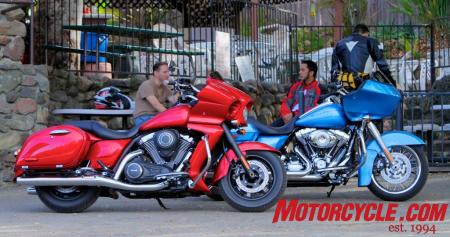
















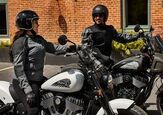
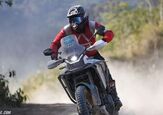
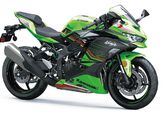
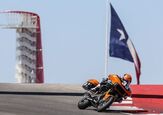

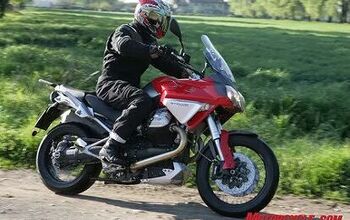

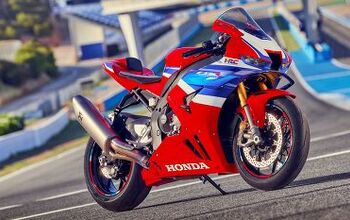
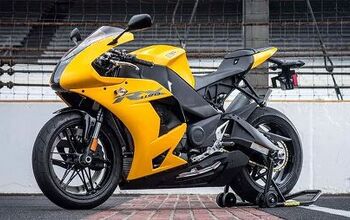
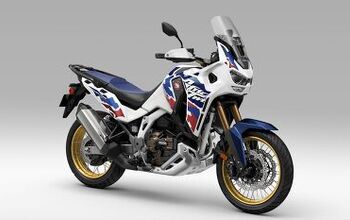
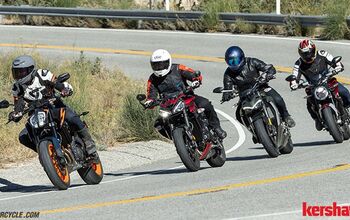
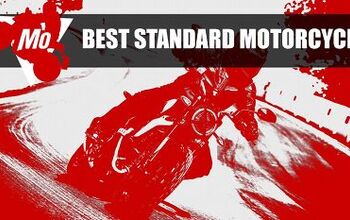
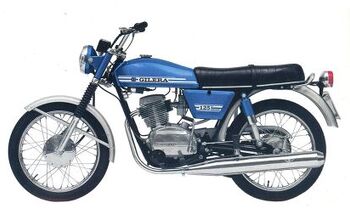
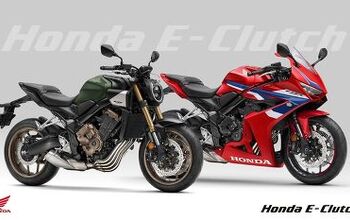
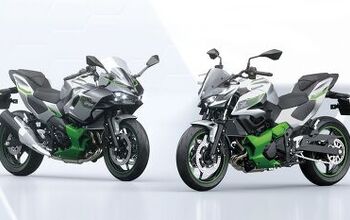
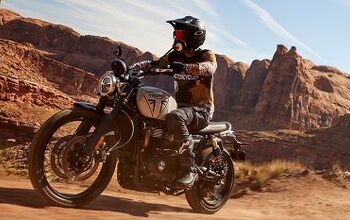

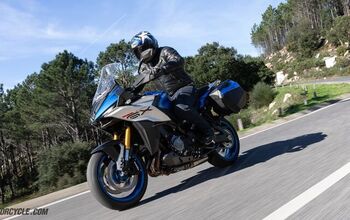
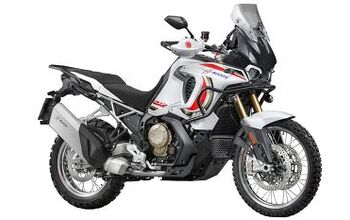

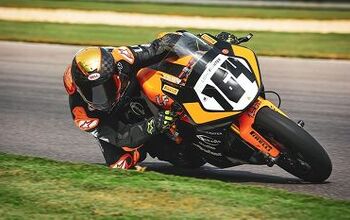
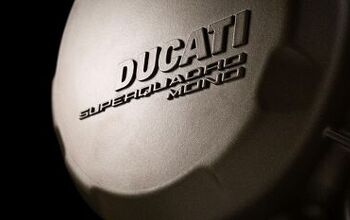
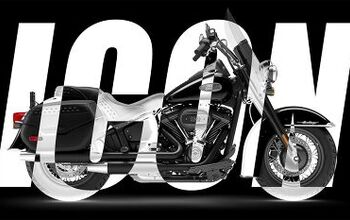
Comments
Join the conversation